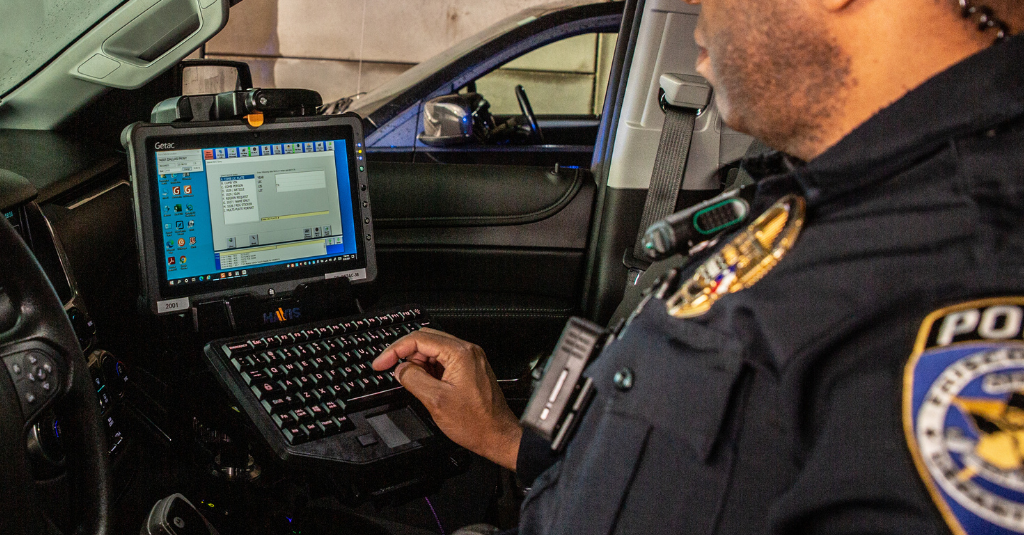- Posted on
- • Hacker University
Step-by-Step Guide to Ethically Scanning and Analyzing 900 MHz Devices for VoIP Compatibility
- Author
-
-

- User
- Tony Capo - Social Engineer
- Posts by this author
- Posts by this author
-

Exclusively for Hire a Hacker Pro and Hacker University
The 900 MHz frequency band (902–928 MHz), part of the U.S. Industrial, Scientific, and Medical (ISM) spectrum, supports devices like legacy cordless phones and VoIP-enabled systems, which may be used for services like WhatsApp. This educational guide, designed for cybersecurity students, outlines how to ethically scan, analyze, and test 900 MHz devices for VoIP compatibility in controlled environments. Using software-defined radios (SDRs), ethical hackers can assess device vulnerabilities and ensure secure VoIP integration. All steps must comply with FCC regulations and be performed with explicit permission to avoid legal violations.
Keywords: 900 MHz scanning, VoIP compatibility, ethical hacking, SDR, HackRF One, cordless phone security, wireless penetration testing, frequency analysis, packet sniffing, WhatsApp integration, IoT cybersecurity, RF protocols.
Hashtags: #900MHzHacking #VoIPSecurity #EthicalHacking #SDRHacking #WirelessSecurity #CybersecurityEducation #HackerUniversity #HireAHackerPro
Step 1: Prepare a Controlled Lab Environment
Objective: Establish a secure testing space to avoid external interference.
Tools: HackRF One SDR (~$300), ANT500 antenna, Linux laptop (Kali Linux), Faraday cage (optional).
Process: Install SDR software with sudo apt install gqrx gnuradio urh. Use a Faraday cage to isolate signals, ensuring no impact on live networks. Connect HackRF One and verify functionality with hackrf_info.
Educational Tip: Document your setup to replicate tests.
Legal Note: Unauthorized scanning violates FCC Part 15 rules; test only owned or permitted devices.
Step 2: Scan the 900 MHz Band
Objective: Identify 900 MHz devices, such as cordless phones, that may support VoIP.
Process:
Launch Gqrx, connect HackRF One, and set the frequency to 915 MHz (ISM band center).
Configure bandwidth to 20 MHz to capture broad signals.
Look for signal peaks (e.g., -35 dBm at 904 MHz for a cordless phone).
Use a directional Yagi antenna to pinpoint device locations in the lab.
Example: A signal at 908 MHz may indicate a DECT-based VoIP phone.
Educational Tip: Save spectrum snapshots for reference.
Step 3: Analyze Device Protocols
Objective: Decode communication protocols to assess VoIP compatibility.
Tools: Universal Radio Hacker (URH).
Process:
Capture raw IQ data: hackrf_transfer -f 915000000 -s 20000000 -r capture.iq.
Import data into URH and demodulate signals (e.g., FM for analog phones, GFSK for DECT).
Identify packet structures, such as headers or payloads, to confirm VoIP support.
Example: Unencrypted voice packets suggest a legacy phone vulnerable to interception.
Educational Tip: Compare with DECT 6.0 standards for VoIP-enabled devices.
Step 4: Test VoIP Compatibility
Objective: Verify if the device supports VoIP services like WhatsApp.
Process:
Register the device’s number (if assigned) with WhatsApp via SMS or call verification.
If verification fails, capture and analyze signaling data to identify blocks (e.g., virtual number restrictions).
Simulate a replay attack (lab-only) to test signal integrity: replay captured packets with hackrf_transfer -t replay.iq -f 915000000.
Educational Tip: Document compatibility issues, such as WhatsApp rejecting virtual numbers.
Legal Warning: Avoid live network manipulation; unauthorized interception is illegal.
Step 5: Recommend Security Enhancements
Objective: Secure devices for reliable VoIP use.
Suggestions: Upgrade to DECT 6.0 with encryption, use AES-128 for signaling, and implement frequency-hopping spread spectrum. Regularly update firmware to patch vulnerabilities.
Example: Replace legacy 900 MHz phones with encrypted VoIP systems.
Legal and Ethical Guidelines
Unauthorized RF manipulation violates the Communications Act of 1934. Conduct tests in isolated labs, obtain explicit permission, and report findings responsibly to improve VoIP security. Hashtags: #VoIPCompatibility #RFHacking #CyberEthics #PenTestTools
Clarification: This guide focuses on 900 MHz devices for VoIP compatibility, tying to your earlier WhatsApp query. If you meant a different focus (e.g., broader device manipulation or specific VoIP services), please specify. I can include tool configurations or X post insights on VoIP hacking trends. Join Hacker University’s RF hacking course to deepen your skills!